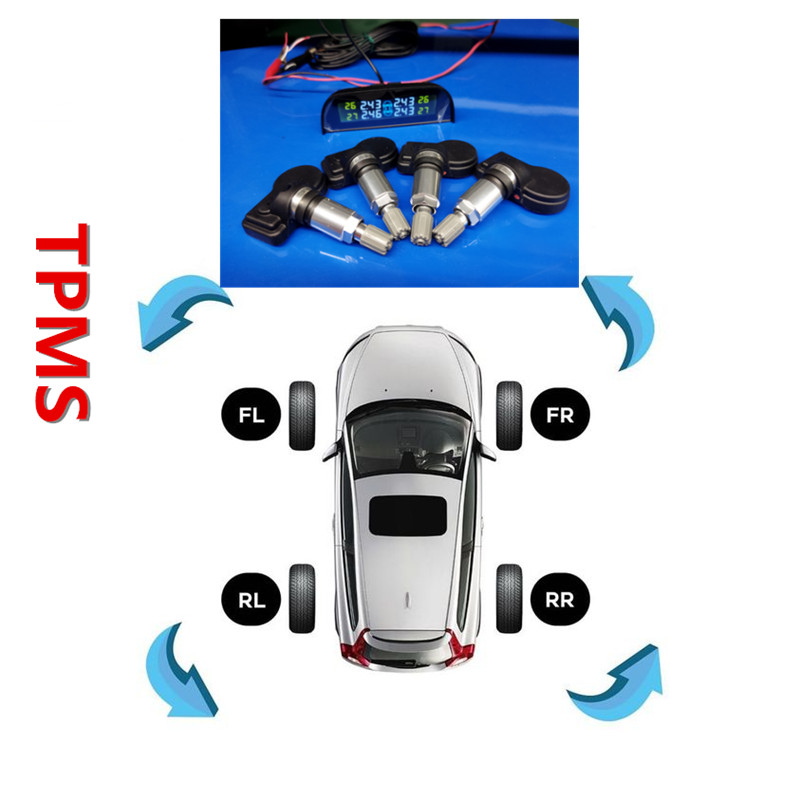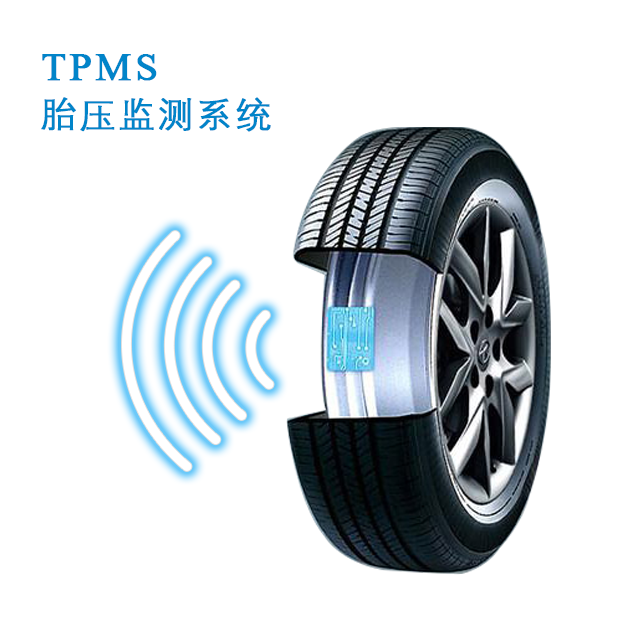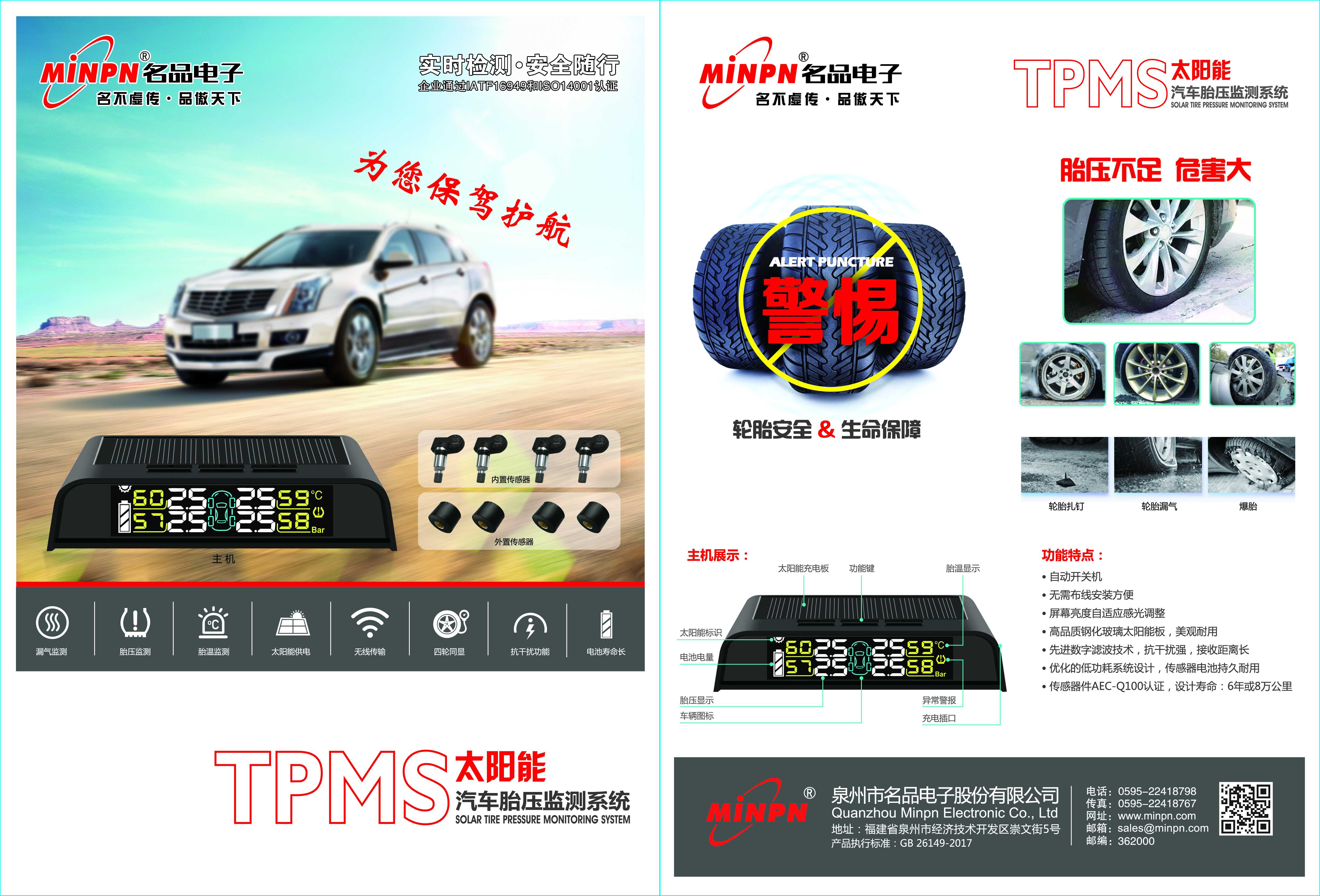Why is a TPMS an important part of a tire management program?
While tire management can be overwhelming—it’s important to not overlook. Tire damage can contribute to major maintenance and safety issues across your fleet. In fact, tires are the third leading expense for fleets and if not properly monitored, can have large repercussions on your company’s bottom line.
A TPMS is one great way to create a strong tire management program, but you should first carefully consider the best type of tires for your vehicles. To inform this decision, fleets should evaluate both their trucks and routes to determine the type of climate and terrain they’ll be operating in—and then pick a tire accordingly.
Once your fleet has selected appropriate tires, it’s important to properly maintain them. This means making sure your tires have the proper tread depth, temperature, and air pressure. While you can measure tire tread with a tread depth gauge or get a temperature reading with a tire temperature gauge, it’s best to use a TPMS to get an accurate air pressure reading of your tires.
The best TPMS can notify you of each tire’s pressure in real time using tire pressure sensors that alert you as soon as tire over or under-inflation is detected. Many tire pressure management systems alert you with a warning light, while others include a gauge or LCD display that lets you know when the pressure is off the predetermined range. Some tire pressure monitoring systems can also alert you or your team via email or text message.
And while a tire management program can help alleviate tire damage and extend tire lifespan, it’s still a good idea to always carry a spare tire in case of an emergency.  4 benefits of using a TPMS in your vehicle
4 benefits of using a TPMS in your vehicle
The benefits of a tire pressure monitoring system extend well beyond simply understanding your vehicle’s tire pressure levels in real time. If you manage a fleet, insight into each vehicle’s tire pressure can lead to major gains across your business. Read on to learn four ways you can leverage a TPMS to improve your fleet management:
1. Improved fuel economy: Tire pressure can negatively impact your fuel efficiency because under-inflated tires have a greater resistance to rolling. In fact, according to the U.S. Department of Energy, you can boost your vehicle’s mileage up to 3% by making sure your tires are inflated at the recommended air pressure. With a TPMS, you can be automatically alerted when air pressure drops lower than the recommended tire pressure so you can help your fleet stay as fuel efficient as possible.
2. Extended tire life: The average total cost of a flat tire for a fleet—when considering driver and vehicle downtime as well as the actual tire—is nearly $350 and over $400 for commercial trailer and tractors. If you have thousands of vehicles with multiple tires, this can quickly become a large cost. Under-inflated tires are a leading cause of tire failure and can contribute to other tire issues including cracking, component separation, or blowouts. In fact, a tire that is under-flated by just 20% can reduce tire lifespace by 30%.
Over-inflated tires, on the other hand, can be more susceptible to enduring damage from debris or potholes. That’s why it’s important for your tires to have the recommended air pressure—too little or too much air will only increase the chances of an issue and decrease the lifespan of the tire.
Post time: May-30-2023








